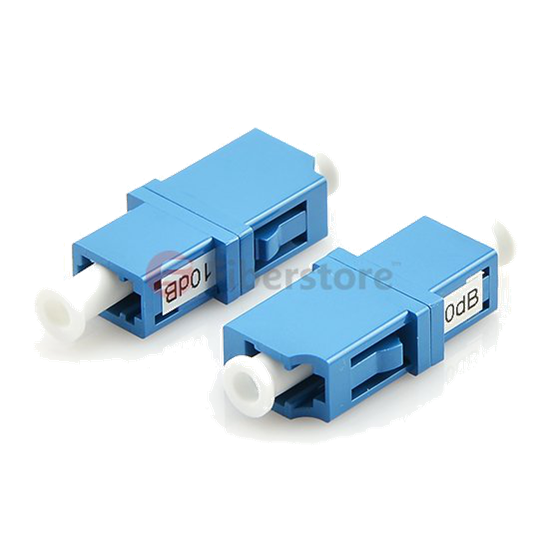Knowing how to test the sensitivity of a fiber optic receiver is an important skill. A fiber optic receiver provides optimal performance when the optical input power is within a certain range. But how do you test the receiver to see if it will provide optimal performance at the lowest optical input powers? One way is to use Optical Attenuators, such as bulkhead attenuators. Typically only a couple of values are required to complete your testing. This process involves three steps shown as following.
- Measure the optical output power of the fiber optic transmitter with the power meter. Remember that industry standards define transmitter optical output power and receiver optical input power for a particular network standard. If you are testing a 100BASE-FX receiver, you should be using a 100BASE-FX transmitter. The optical output power of the transmitter should be within the range defined by the manufacturer’s data sheet.
- Connect the transmitter to the receiver and verify proper operation at the maximum optical output power that the transmitter can provide. You need to test the receiver at the minimum optical input power that the receiver can accept while still providing optimal performance. To do this, you need to obtain the lowest optical input power level value from the manufacturer’s data sheet.
- Calculate the attenuation level required for the test. For example: The transmitter’s optical output power is -17 dBm and the minimum optical power level for the receiver is -33 dBm. The difference between them is 16 dB. You would use a 16 dB bulkhead attenuator at the input of the receiver and retest the receiver. If the receiver still operates properly, it’s within specifications.
Note: The optical loss is not considered about in the example above. Suppose that the transmitter is located 10 km from the receiver and the loss for the whole optical fiber link (including interconnections) is 6 dB, then you should use a 10 dB bulkhead attenuator rather than the 16 dB one for your test.
This article source is from fiberopticshare blog.

